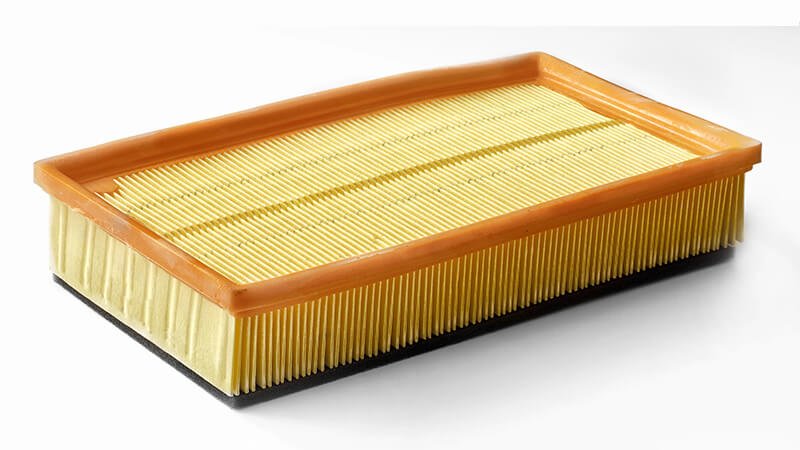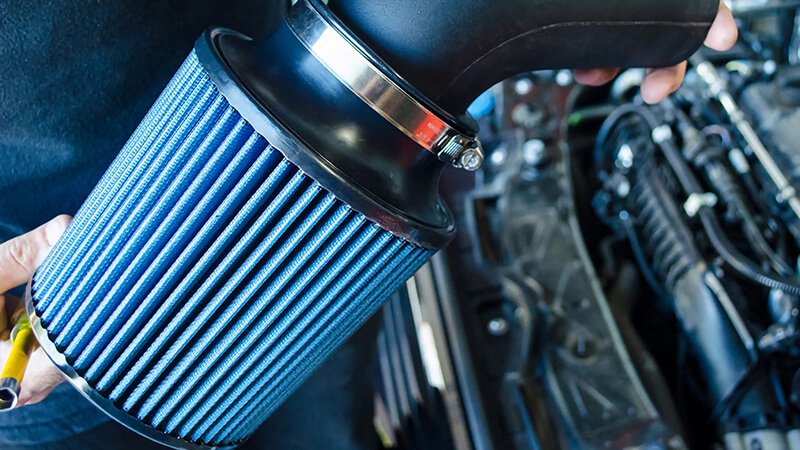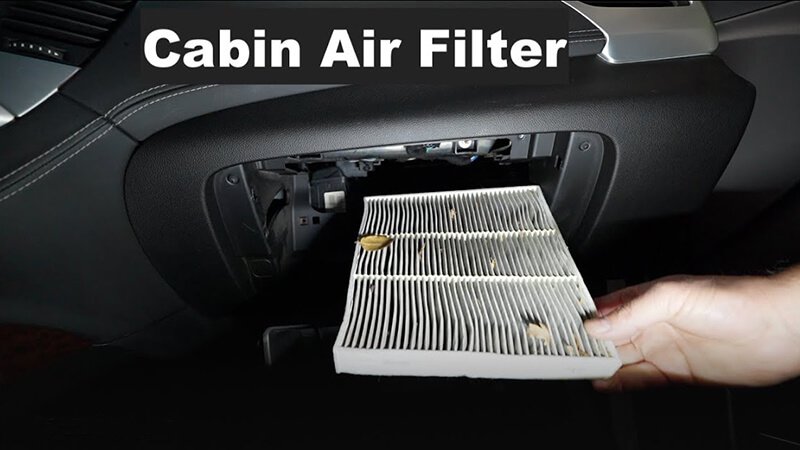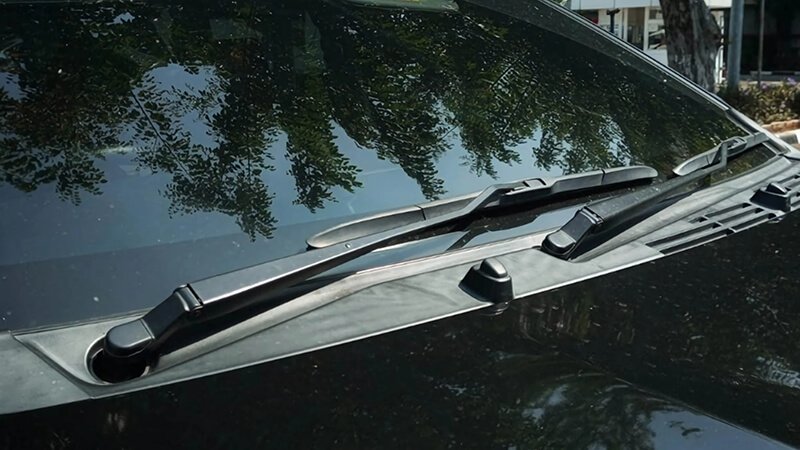If your fleet is dealing with weak airflow, rising fuel costs, or overheated engines, the issue might not be mechanical—it could just be a dirty auto air filter.
Yes, you do. Changing the auto air filter regularly prevents airflow blockage, protects engine performance, and improves fuel efficiency—especially in commercial fleets using high-efficiency filters like those from Runex Auto.
If you're responsible for sourcing filters for vehicles, you already know how clogged filters can lead to a cascade of problems. I’ve seen how switching to high-dust-load air filters from Runex Auto helped my clients reduce maintenance calls and improve driver satisfaction. So, let’s break it down.

How to know if an AC air filter needs changing?
When vans start losing power or cabin airflow weakens, most people look at the AC or blower fan. But often, it’s the filter that’s the real issue.
If airflow is reduced, AC takes longer to cool, or drivers complain about cabin dust, it's time to change the air filter. A quick inspection of the filter's color and shape can also confirm its condition.
Common Signs the Filter Is Done
Most people wait until there's a complaint before checking. But that delay can damage more than just airflow.
| Sign | What it Means |
|---|---|
| Weak cabin airflow | Filter is clogged with dust |
| Unusual engine sounds | Engine may be pulling air poorly |
| Increased fuel consumption | Engine is working harder |
| Musty smell in cabin | Contaminants stuck in filter |
The Runex Solution
Runex Auto air filters are made for high-dust environments. Our multi-layer design1 traps finer particles and lasts longer under heavy use. For fleets operating in urban delivery or long-haul logistics, this reduces the frequency of replacements while ensuring better engine breathing and cabin air quality.
One client in the UK faced recurring driver complaints about poor airflow. We replaced their outdated filters with our high-efficiency Runex models2 and recommended a 6-month rotation. The difference was immediate—cooler cabins, smoother drives, and fewer service interruptions.

Where is the HVAC filter located?
Many fleet owners aren't sure where the air filter even is. That’s a problem when it’s out of sight and out of mind.
In most vehicles, the HVAC air filter is located behind the glove box or near the engine air intake. Refer to the vehicle's manual or consult your maintenance team for specifics.
Finding the Right Spot
Different vehicles place the filter3 in different spots. Here's a simple breakdown:
| Vehicle Type | Typical Filter Location |
|---|---|
| Passenger Cars | Behind glove box or dashboard |
| Delivery Vans | Under hood or near engine intake |
| Heavy-Duty Trucks | Near blower motor or cabin filter tray |
Why It Matters
If your maintenance crew can’t find the filter, chances are it hasn’t been changed. At Runex Auto, we design filters that match OEM specs4 and fit perfectly, making replacements easier and quicker. That convenience matters when you're managing 100+ vehicles.
We always advise clients to mark filters with the last change date. It prevents overuse and ensures that procurement can forecast replacements accurately.

Is it bad to never change the air filter?
Yes—and the consequences are bigger than you think. A neglected filter does more than clog—it shortens the life of your engine and HVAC system.
Never changing your auto air filter leads to poor engine performance, lower fuel economy, and expensive component damage. For fleets, this translates to more downtime, higher costs, and unhappy drivers.
The Cost of Neglect
Think about it: your engine breathes through the air filter. Starve it, and everything suffers.
| Problem | Root Cause |
|---|---|
| Engine overheating | Air intake restriction5 |
| Excessive fuel consumption | Richer fuel-air mixture |
| Cabin discomfort | AC blower strain |
| Emissions failure | Poor combustion efficiency |
How Runex Air Filters Help
Our filters are made with high-dust-load media6 that maintains structure under stress. The reinforced pleats resist collapse even in harsh conditions. So whether your fleet works in city smog or off-road environments, Runex filters keep performance consistent.
In one case, a client’s delivery fleet kept failing emissions checks. They had been using generic filters past their lifespan. After switching to our certified Runex filters, they passed inspections and reported lower idle fuel use.

What does a dirty HVAC filter look like?
You don’t need to be a mechanic to spot a dirty filter. It’s usually obvious—and ugly.
A dirty auto HVAC filter is dark, dusty, and may be misshapen. If you see black spots or it feels brittle, it’s long overdue for replacement.
Visual Check: What to Look For
| Appearance | Condition |
|---|---|
| White or off-white | Still clean |
| Grey and dusty | Needs replacement soon |
| Black or oily | Overdue and harmful |
| Warped or torn | Unsafe to use |
Maintenance Made Simple
At Runex Auto, we always recommend proactive replacement cycles7. Our filters are designed to show clear visual cues when nearing the end of life—helping mechanics act before the problem spreads.
We also offer branded filters8 with your fleet’s logo, helping reinforce accountability in inspections. It’s a small touch that helps your team track component life across different locations.

Conclusion
Changing your auto air filters9 isn't just a best practice—it’s essential. For busy fleets, it's the difference between running smoothly and falling behind. At Runex Auto, we build filters that solve real-world problems: dust, delays, and dissatisfied drivers. From better airflow to longer life, our high-efficiency filters give you fewer complaints and more control.
Whether you're managing a few vans or hundreds of trucks, switching to smarter filters is one decision you won’t regret.
-
Learn about the advantages of multi-layer air filter designs in trapping pollutants and improving air quality. ↩
-
Discover how high-efficiency air filters can enhance performance and reduce maintenance costs for your vehicle. ↩
-
Discover the typical locations of filters in various vehicles to ensure timely maintenance and avoid overuse, enhancing fleet management efficiency. ↩
-
Exploring OEM specs ensures you choose the right filters for optimal vehicle performance and longevity. ↩
-
Understanding air intake restriction can help you optimize engine performance and prevent costly repairs. ↩
-
Exploring high-dust-load media can reveal how it enhances filter efficiency and prolongs engine life. ↩
-
Understanding proactive replacement cycles can help you maintain your vehicle efficiently and avoid costly repairs. ↩
-
Exploring the benefits of branded filters can enhance your fleet management and improve accountability during inspections. ↩
-
Find the best auto air filer from Runex. ↩













